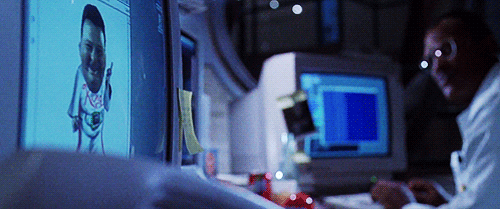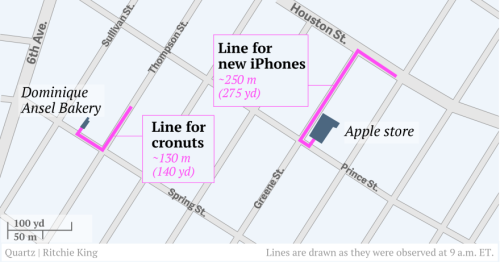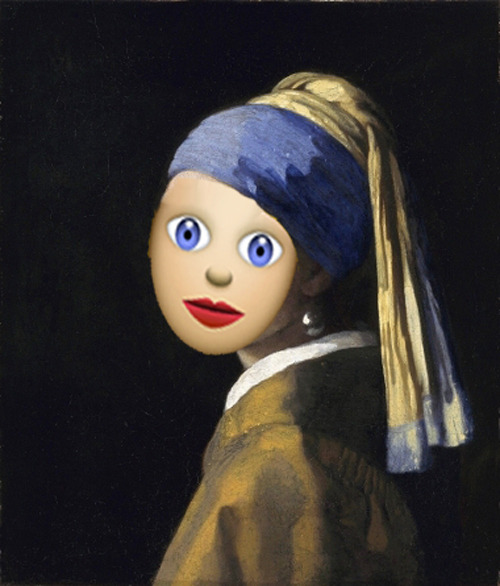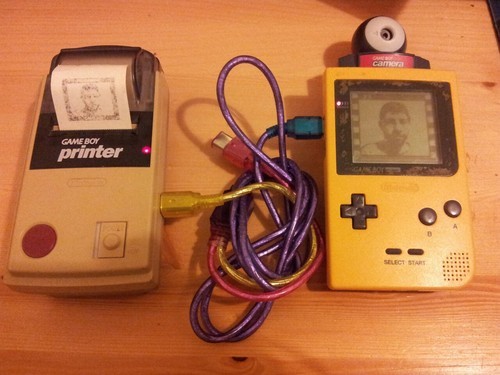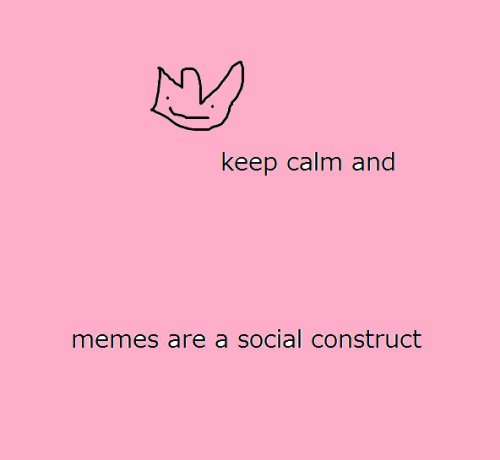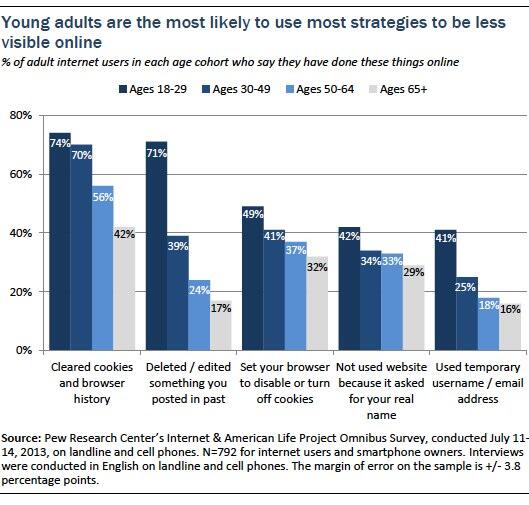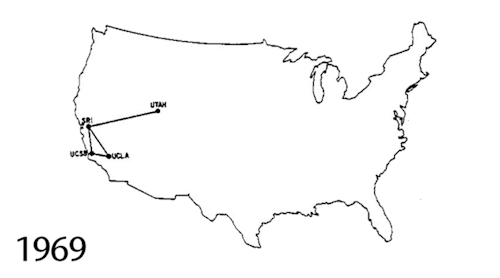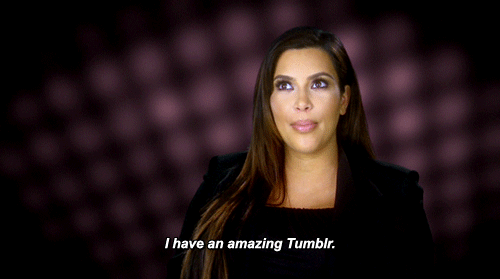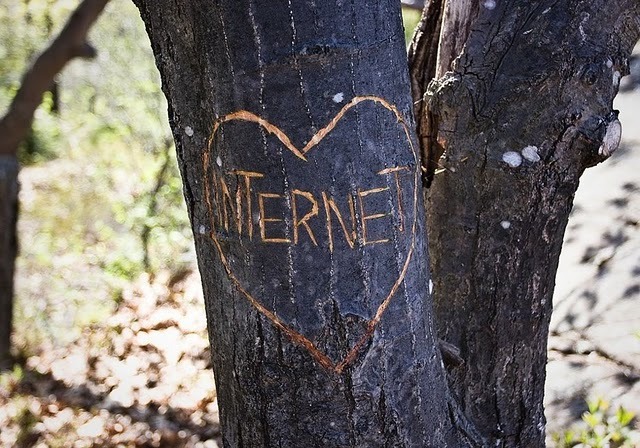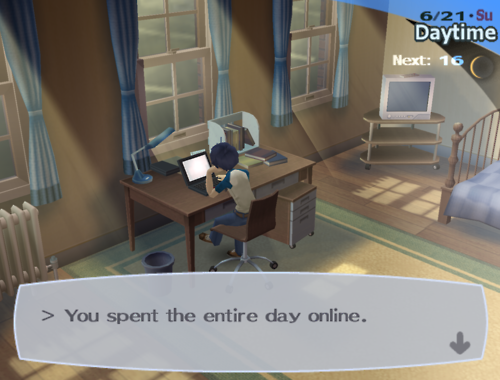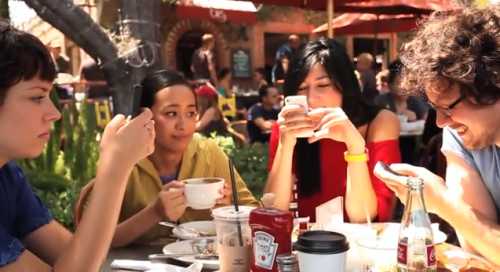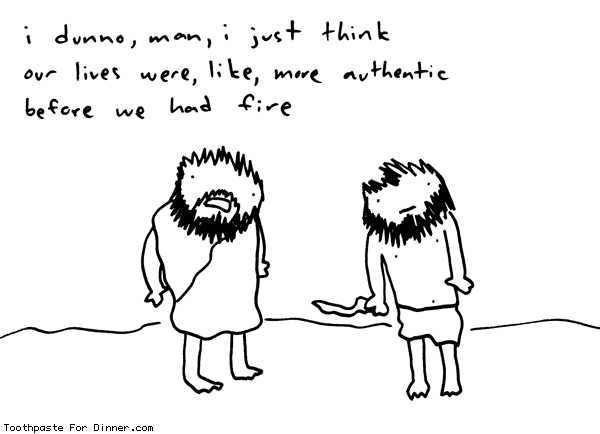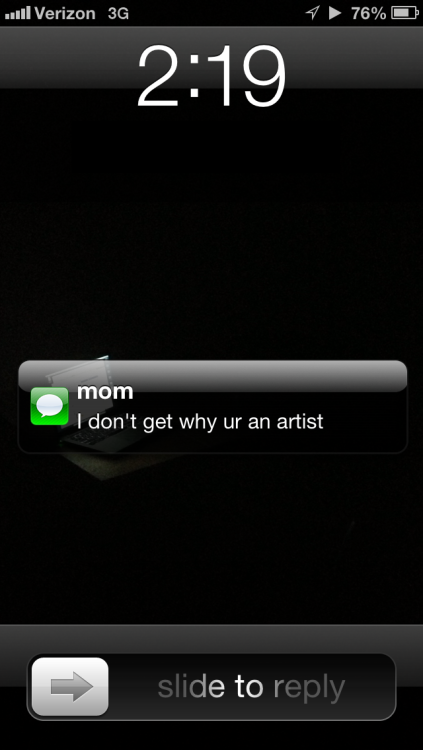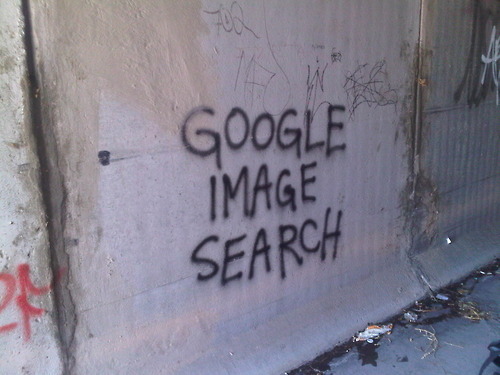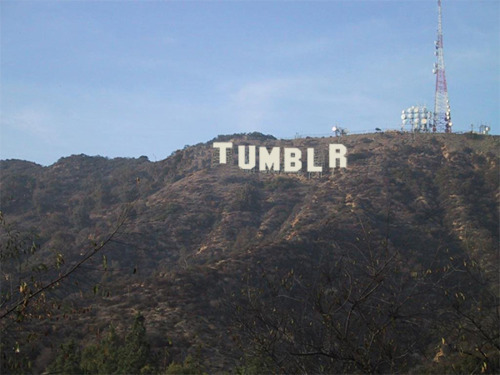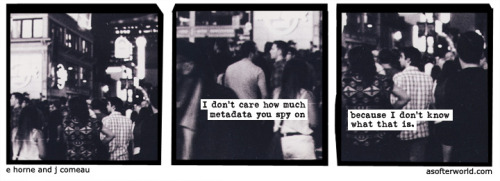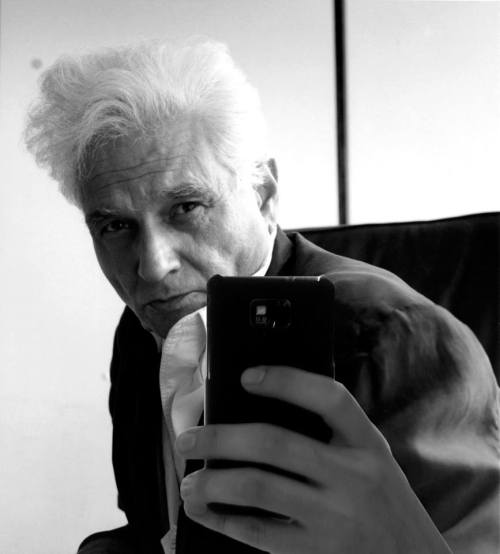
The British Channel Four series, Black Mirror, tells a series of disconnected stories taking place in what might be parallel worlds, in which technology is resolutely familiar, but always a bit uncanny. It is a show of this epoch, and of the insecurities and fears which tag along as we watch history unfold itself in front of us. In the same way that The Twilight Zone screened our nagging questions about Mutually Assured Destruction, space flight, and the lurking Other inside the suburban facade, Black Mirror delves into our doubts about social media, ubiquitous computing, surveillance society, and the justice of consumerism, as we struggle to comprehend the growing, always glitching, network around us. The show is, according to Wikipedia, quite popular in China, which might be all that you need to know.
The way we describe the series says as much about what we want it to be as what it is. The easiest way to talk about the show is as a dark vision, another nightmarish glimpse of potential dystopia. It connects to our imaginations through fear, confusion, paranoia, anxiety–the emotional equivalents of the show’s short logo roll–jagged black glass, over a jarring panoply of disconnected symbols. But this is television. It is driven by what we desire, even as it comes in the shape of what we fear. The dream of near-future science fiction might take the shape of a horror show, but like any liminal Halloween fantasy, it is sexually charged. Whether the seduction or the threat takes the lead, depends on how deep we peer into that vision.
In addition to reaching backward to Rod Serling’s observations of the dark side of the middle 20th Century, Black Mirror reaches forward to join other contemporary visions of the near-future of our technological evolution. The series has as much in common with the futurist-infused design-fiction advertisement reels of Coring and Microsoft as it does with science-fiction. Like any other industry vision laden with the consensus dreams of consulting experts, Black Mirror says as much about the present as it does about the future. But the explicit brand being sold here is not just any commodity. It is the continued neurosis of our relationship to technology, which we refuse to deal with in a coherent fashion, even as we dance around it, nervous, as if it were a potential partner on a blind date. We now recognize nuclear war, Other politics, and societal unrest as the characteristic issues of the 20th Century. It seems likely that in as great a distance into the future as then from now, we will consider consumer technology, its use and production, and the host of global and local issues that accompany it the mysterious siren of the early 21st Century psyche. But until that time, we will likely continue to struggle, unable to deal with the problems we make for ourselves, except to express them in our media dreams.

Black Mirror is a series on the British station Channel Four, that has run two seasons of three episodes each in 2012 and 2013. Created by Charlie Brooker, the show has won an International Emmy and been nominated for a BAFTA TV award, In addition to its Chinese popularity. Rather than setting up a memorable aesthetic or creating a strong cast of characters like other TV series, Black Mirror completely reinvents the future in each episode. The six worlds of the episodes do not share any commonalities, and might take place in different dimensions for all we know (but then again, one might argue that they don’t). This is a program that focuses on concepts. For the span of the episode, we are introduced to a particular technological world that will only exist for the hour. We see, in succession: a world of politics in social media, a life media-based labor, an existence when all memories are recorded, a form of virtual life after death, a possibility of the injustice of voyeurism, and what happens when virtual characters become real. For an hour, we are induced to dream of these possibilities, and then we wake up.
Black Mirror is one artfully produced media dream, with a quality to the minimal special-effects of the future gadgets that sells them to the viewer’s belief. The small repetitive gestures, the vague glances of attention that signify a person’s attention to a technological-elsewhere–these small details animate the design-fiction of the episodes in gorgeous, understated detail. The plot also has a minimal brilliance. While none of the scenarios are covering absolutely new science-fiction terrain, the course of each story has enough tricks and turns to keep the viewer considering all the options. One can see the end reveal approaching, but as one of several possible outcomes in a true scenario-building exercise. The avid consumer of science-fiction will recognize this, and see that these stories are the legendary forking paths–each a lesson without a final principle, each one more instance in a vast labyrinth of possibilities that are simultaneously likely and yet unlikely to actually occur. The window of the future into which we are looking for these possibilities always changes from episode to episode, shifting from a “perhaps tomorrow”, to a far-flung, obscure apocalyptic scenario, and then back to the realm of comfort as characters pull out what appear to be standard smartphones, before integrating them an unfamiliar curved screen-desk of some kind. Like any compelling form of prognostication, the details are left unspecified so the imagination can do the work of connecting the leads.
It is these qualities that allow the show to function as well as it does. A defined and set dreamworld is not useful for exploring our anxieties. Any science-fiction world has rules that are quickly learned, and ceases to become uncanny as we uncover how this simulation functions. Like a dream, in which memories are overlapped and combined by our mind to create hybrid realities for the playing out of our daily repressions, science-fiction of this caliber avoids basic cliches and keeps us guessing, while at the same time not straying too far from our experiences, so that we can continue to use its speculation as speculation, and not just as space-fantasy.
Comparing this sort of science-fiction to dreams is not an idle analogy. Freud, one of the most influential theorists of dreams, was the first to suggest that it is not necessarily the content of dreams that we should be paying the most attention towards, but it is the mechanism of how dreams work that tell us the most about our internal thought processes. Similarly, certain instances of science-fiction tell us more about ourselves through their function, rather than via the specifics of their plot.
Black Mirror’s most important function is not to show us a particular vision of future technology that is more compelling than others–suggesting that we will actually have brain-computer interfaces before flying cars is not a revelation it seeks. It works by showing us the fact of our present technology, deconstructed and reconstructed, so that we might intensify our current desires and anxieties in its reflection. The technology it depicts is not futuristic, but fundamentally contemporary. If one of the worlds of Black Mirror contains brain-computer interfaces, it is only because we think of our current technology as so nearly existent in cultural value if not through science, that we might as well begin to consider it as if it were possible. The technology functions as metaphor, like any social monster, representative of our current unknowns. It is a highly symbolic form of make-believe, a kind of play for us. As we watch these episodes play out on our own flat black screens, our smart phones continue to chirp, the internet updates with new products available, the government continues to scan us for threats, and our social connections realign their network of opinion, providing both cultural reinforcement and detriment as the clattering pachinko balls of updates, posts, Likes, and retweets dictate, as they snow in slowly concreting sediment. The fictional principles of this television program are only more memes added to the mix–more short, utterable phrases in the continuously evolving discourse that is our discovery of what we are inventing. The relationship between the show and the real world is not simply commentary or prediction, but the creation of a ludic, liminal space, in which our minds can play out its dreams while we simultaneously continue to thumb our touchscreens. Neither a sense of authentic reality nor dramatic irony is the result. We are left right where we started, in the now, with the same problems we had.

Perhaps the best way of showing how the fictional show so closely interfaces with our reality, is to dive into its content. Submitted for your approval: the plots of the three episodes of the first season of Black Mirror, which each express current feelings about current technology, shrouded in the obscuring disguise of a speculative future. (Spoilers for the next seven paragraphs.)
In episode one, “The National Anthem”, a video is uploaded to Youtube showing a kidnapped British princess, threatening to kill her unless the Prime Minister goes on national television and has sex with a pig. The government attempts to hide the news, but in true internet fashion it leaks uncontrollably and goes viral. Attempts to find the kidnapper are thwarted by proxy servers, and a plot to simulate the broadcast is foiled by social media. As the deadline approaches, the incident evolves from being considered a hoax, to a consideration of what the duty of a public official ought to be in extreme, uncharted circumstances.
This episode is perhaps the most “true-to-life”, in that there is no technology shown that does not currently exist, and the major features of Twitter, Youtube, video phones, proxy servers, and the live news cycle give the plot a very contemporary feel. Violent individuals’ ability to pressure a networked society, and thereby force particular public officials to act is all too real of a scenario. And while the sexual aspect of the threat lends a certain ambiguity to the memetic terrorism of the kidnapper, it also makes it all the more malignant. The usual effect of kidnappings is typically pressure for and against war and political stances, and is the stuff of large headlines. But this sort of rape-trolling exists across the internet on a daily basis and doesn’t get the media notice it should. But at the end of the day, the media, politics, and the hypothetical threat on display in this episode stand out on the basis of their shock value. And this shock value is a current day currency, the most ready and willing market indicator for the strength of cultural memes. It is not this hypothetical society and characters that we judge–it is our own society and characters which are up for revaluation. We look at the screen, but we are looking at ourselves.
In episode two, “Fifteen Million Merits”, we are taken to a world much more different from our own–a hyper-mediatized world in which nearly every surface is a screen, and we are to understand that most people conduct their existence wearing grey exercise clothes and pedal stationary bikes to generate the electricity to power all of these machines. Meanwhile, the flow of entertainment and advertisement on these screens is constant, sucking away at the credits that people earn for pedaling, with no off-switch available. A romance initiates, and a dream of one member of the romantic pair to feature on a Pop Idol show analog ends, as she becomes a porn star instead. This leads the remaining member to dedicate all his efforts to getting on the reality show himself, so that he can threaten suicide, and condemn the lack of authenticity in the society. However, his rant is absorbed by the media machine, and he is co-opted into his own channel of shock-jock invective–one more programming format for all the pedalling proles.
This is perhaps the most dystopian of all the scenarios, with the tropes of grey jumpsuits and unblinking screens. But it is just a stylized and disguised version of today. We work constantly for abstract currency. We spend it primarily on entertainment and other comforts. This expansive media network encloses us into a controlled environment and we try to earn more money, to skip ads by paying for premium online access, or DV-R technology. Occasionally, we think of following the narrative of our “creative dream”, whether it be to make something beautiful, to be beautiful, or to lash out in anger and destroy something beautiful. But these narratives are already wholly owned by the system, and often simply serve to empower it.
But this is still a caricature of the world–reality is much more complex than the grey clothes, and a solid wall of unending screen. And yet, we think via such caricatures. We consider “the system” as an all-encompassing, inescapable entity. We simplify our choices to “Yes, buy the app”, or “No, skip the ad”. Yes, buy into the system; or no, rebel. Even as we critique the gamification of authenticity, we make our criticism a simplified game of talking points, blog posts, and clever Twitter updates, because it is far simpler for us to use such a simplification as this dystopia, than to think about our technological world in its complexity. This episode’s plot mirrors our society both on the level of the content, and the standard reaction one might have to such a scenario.
In episode three, “The Entire History of You”, we see a world very much like our own, but with a single piece of technology that changes everything. People in this world wear a “grain”, which is a small chip inserted behind their ear that records all of their memories from their sensory point of view. They can replay these memories at will using a small clickwheel device, and either view them in their eye or display them on any nearby screen. The speculation here is ostensibly about ubiquitous surveillance. But we see only four quick instances of institutional control being applied through this device in the episode: a mention of screening memories for a job interview, airport security replacing body scanners with a quick scan of the traveler’s recent memories, a car being notified that the driver is intoxicated through the grain, and an inability to get a police response to an emergency without forwarding them one’s minds-eye view. The majority of the plot is a social drama, in which a man discovers his partner’s infidelity by closely analyzing replayed memories and hounding her with them until she confesses.
The main use of this technology in this fictional world seems to be the ability to wield one’s memories as evidence, to trap others in lies and to gain social power over each other. The implication–shown dramatically in a sex scene in which both partners are re-watching separate memories of previous sexual encounters with their partner rather than focus on the sex currently occurring–is that the video becomes more real than reality. And when his wife leaves him, the husband who was so bent on discovering the truth about her affair is left in their empty house, re-watching memories of her. But even without the ability to throw our video-recorded memories on a screen, this is precisely how we act already. We construct our current reality through our memories, and though we might disagree with others about the veracity of those memories and lie more effectively, we still play a constant memory shell game, moving around what we choose to perceive about the world and each other as best suits us in any particular situation. Eventually, the truth comes out–and the truth is that despite how we choose to perceive the past and present, it is the misperceptions and the miscommunications between us that define what tomorrow will look like.
Freud’s working theory of consciousness concludes that our present awareness is only the very exterior portion of the mind. The vast depths of our psyche are actually unconscious, a life’s worth of memories that we are storing deep inside us. We must repress them, and keep them unconscious, because otherwise we would be unable to focus on a singular present, with a singular personality. And yet, these repressed memories attempt to come back, visiting us with strange associations, haunting apparitions of the majority of our self, influencing our consciousness whether we notice it or not. And one of the most common ways that these ghosts appear is through dreams.

Television like Black Mirror holds our attention because it functions like a dream. These alluring speculative fantasies correspond to the anxieties that we already have about technology, and they appear like a dream in our conscious lives, to contribute a cryptic non-memory allusion to feelings which we are repressing. We worry about the impact of social media on politics and individual’s integrity, and suddenly, the episode “The National Anthem” appears. We have doubts about the cycles of capitalism and consumerism, and yet our doubts cannot escape that cycle. The episode “Fifteen Million Merits” materializes. We travel down the rabbit hole of how we construct reality from of memories–especially the strange realities created by smartphones, instant messaging, and asynchronous social networks. And then, “An Entire History of You” creates a speculative scenario in which technology allows us to interact with the construction of reality and how that affects us socially. The episode is itself a constructed consensual television hallucination we can all watch on our screens together. Freud’s student, Carl Jung, went on to theorize that culture has its own unconscious, and it suffers from the recurrence of repression as a whole. But society as a whole did not make Black Mirror. Individuals wrote, filmed, and produced it, and individuals watch it. It holds a unique position, as a separate, parallel media dream for many different people simultaneously, whether we have and love the latest gadgets or not, whether we live in the UK or China. It comes along at a time when we are looking for this sort of waking dream, when our unconsciousnesses are searching for some sort of technological media to imbue with the powerful feelings we share. This show was created at precisely the right time, fell into the role, and performs admirably.
But the concern is that we spend too much time dreaming. Between advertisements for the latest gadget, science-fiction television, and those uncanny technological memories that we stitch together from our own lives, we spend a lot of time displaying and re-running these feelings, but little time digging deeper into them. The suggestion is not that we “unplug”, avoid Google Glass or dashboard cameras, or somehow cultivate a more “authentic” experience in some sort of quarantined vacuum free from information. Freud, the theorist of dreams, knew that although dreams are an important function of our minds, they were not the extent of the work we have to do. Analysis of dreams is necessary to understand them. Without the analysis, we would just continue to dream, night after night, as our traumas and neuroses circulate through our psyche. There is no escape from what we repress. The only way out is to go on and work through.
But how do we begin to work through our relationship with technology? It isn’t going to happen with television programs alone. It’s not going to come with the sudden cultural epiphany that a new device will bring. And it won’t happen by attempting to cloister ourselves off from technology with ascetic vows. Psychoanalysis is a means of engaging the functions of the psyche by means of the psyche. We use tech the same way–by picking it up and trying it, learning the tech by means of the tech. Together, the psyche and our electronics form their own technological space. We can explore the emotions that are brought up into the media dream, engaging our anxieties as the material of our psyche in the present. Like a new device, we slowly become familiar with it by trying it, figuring out the buttons under our fingers. The psyche is not a machine, but if we are going to use machines to alter the psyche, we should probably be digging deeper into both, to become knowledgeable users. But what is the definition of a knowledgeable user, when we are only just beginning to discover the full extent of the technology? Behind each question displayed on a screen, lies more screens, with more questions.
Adam Rothstein is an insurgent archivist and writes about politics, media, and technology wherever he can get a signal. He is most interested in the canons of history and prediction, the so-called “Future-Weird”, and the unstable ramifications of today’s cultural technology. He tweets as @interdome, and his website is POSZU.
